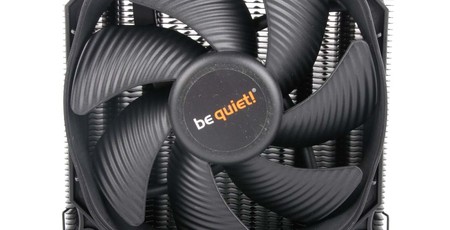
Manufacturer: Be Quiet!
UK price (as reviewed): £54.98 (inc. VAT)
US price (as reviewed): $64.54 (exc. tax)
Following our review of Noctua's NH-U12A, air cooling is firmly back on the map, if it ever left, and if you lean more towards tried and tested air cooling than the latest bunch of all-in-one liquid coolers, we've got another interesting review for you today too. Be Quiet!'s Dark Rock Slim aims to offer excellent air cooling with super-low noise levels all with a cooler that sits beneath a 160mm height limit too.
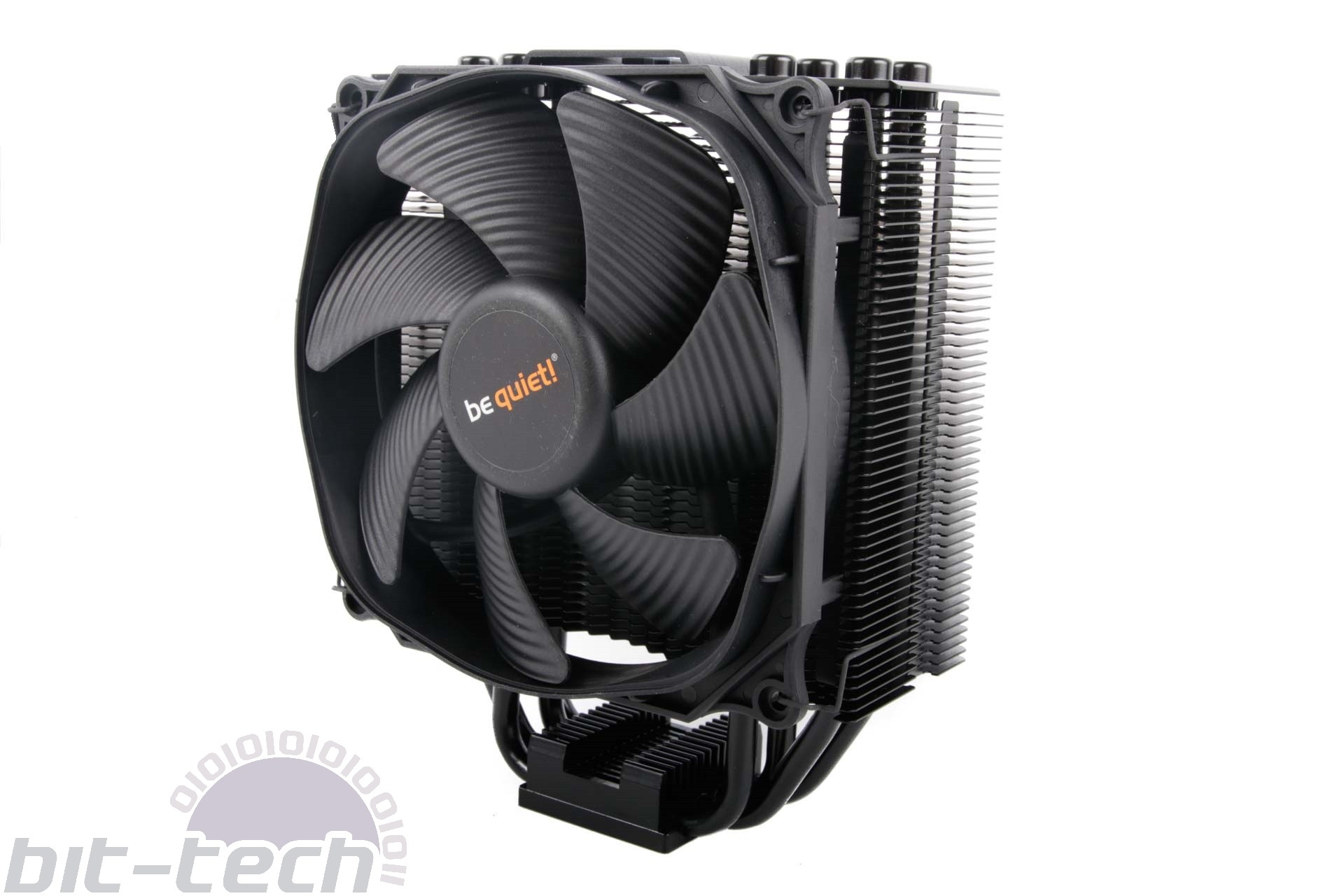
The cooler is nearly 50mm thick, so adding the single Silent Wings 3 included in the box means you're still dealing with a total thickness of less than 75mm, hence the name, although Be Quiet! includes an additional set of fan clips for adding a second fan that you'll need to buy yourself. These are fairly easy to install as far as fan clips go, but they come with the added difficulty of having to attach the heatsink to the motherboard first, since the fan stands over one of the mounting screw holes. Installing the fan is then quite tricky with the motherboard already in place.
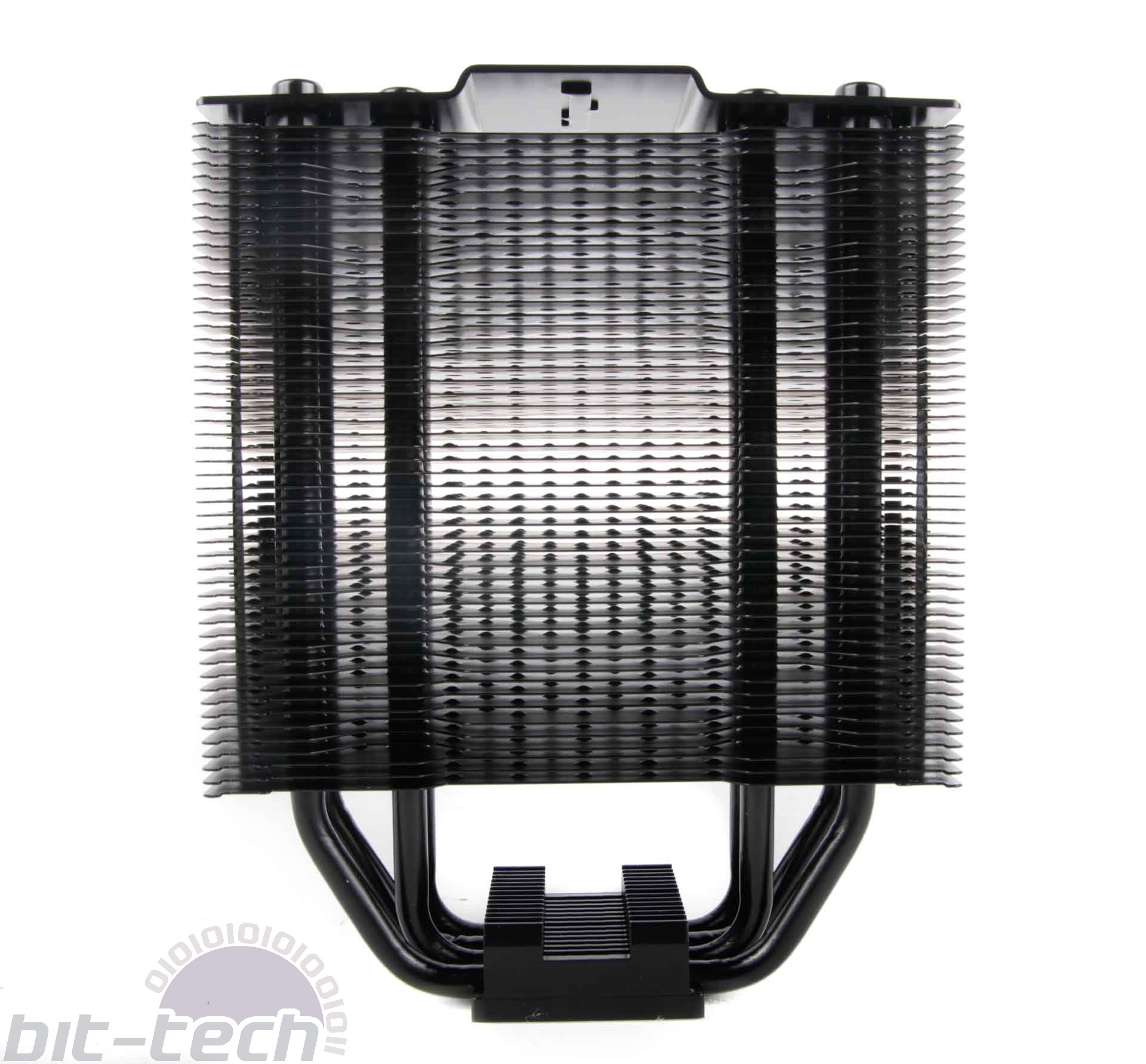
The attractive black heatsink lacks the angled fin edges of the Noctua cooler, which are designed to funnel airflow through the heatsink instead of splaying outwards, as will be the case here. This is employed on much cheaper coolers too. However, this doesn't appear to be a feature of any Be Quiet! cooler we've reviewed, even stretching back to the Dark Rock Advanced we reviewed in 2011, so it's not like the Dark Rock Slim is the poorer sibling - it still costs over £50 after all. Compared to your typical £30 120mm cooler, you get features such as heatsink caps and heatsinks on top of the contact plate in the base for a little added heat dissipation.
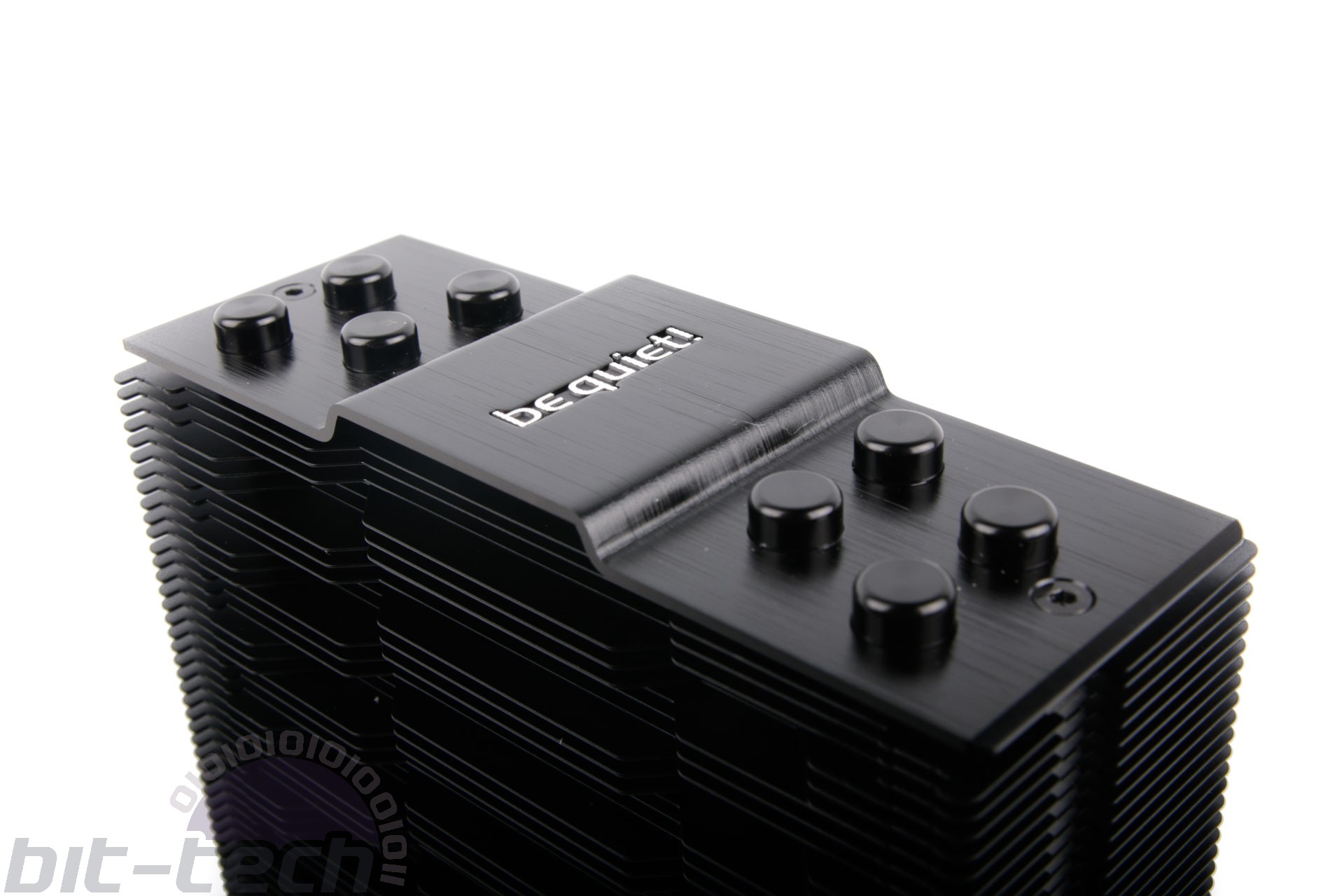
It certainly looks and feels more premium than your average £30 heatsink anyway, although with just four 6mm heatpipes it's not quite in the same league as the Noctua NH-U12A, which has nearly double that figure. In fact, pretty much every specification is lacking by comparison - two fans versus one, for example, or higher peak RPM at 2,000 RPM versus 1,500 RPM.
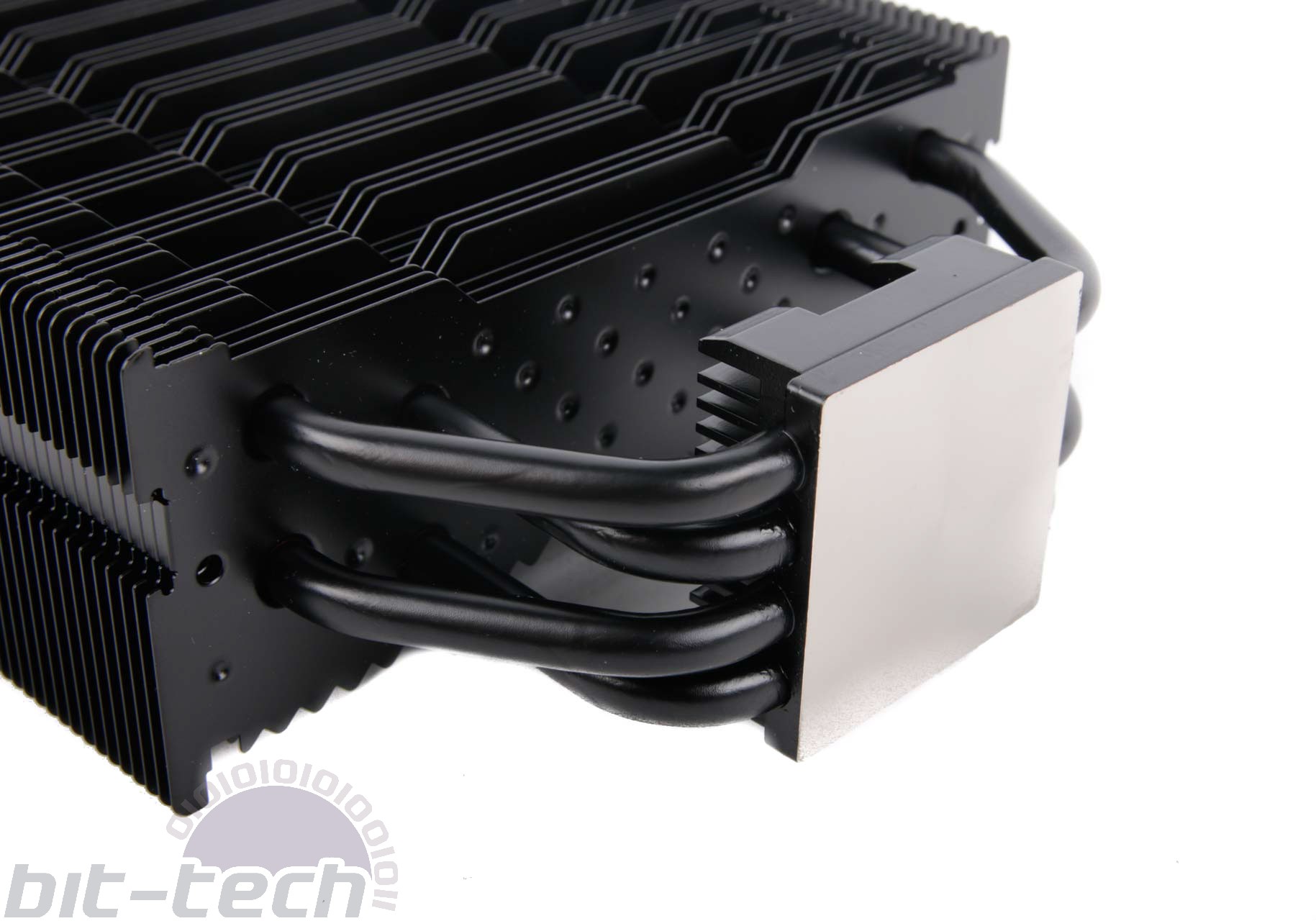
Installing the cooler requires a reasonable array of parts too, with the need to secure mounting pins either to a backplate or existing threaded holes in the case of LGA 2066, for example, to which plates attach. A third plate straddles a grove in the cooler's contact plate between its small heatsinks, securing to the mounting mechanism using two screws. Despite the need to hold both the cooler and mounting plate steady while you screw the latter in place, we doubt it would see your blood pressure increase that much, and it's certainly doable with the motherboard mounted into the case.
Specifications
- Compatibility Intel: LGA 20xx, LGA 115x, LGA 1366; AMD: Socket AM4, Sockets AM3(+)/AM2(+)/FM2(+)/FM1
- Heatsink size 127 x 47 x 159.4 (W x D x H)
- Size with fans (mm) 127 x 72 x 159.4 (W x D x H)
- Fan(s) 1 x 120mm PWM, up to 1,500 RPM
- Fan size (mm) 120 x 25 x 120 (W x D x H)
- Stated noise 23.6 dB(A)
- Extras None

MSI MPG Velox 100R Chassis Review
October 14 2021 | 15:04

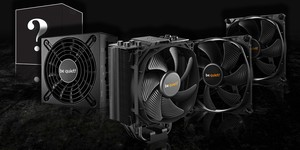
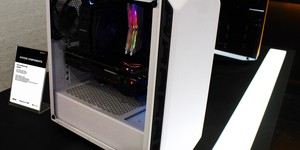
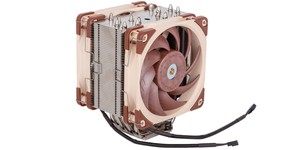




Want to comment? Please log in.